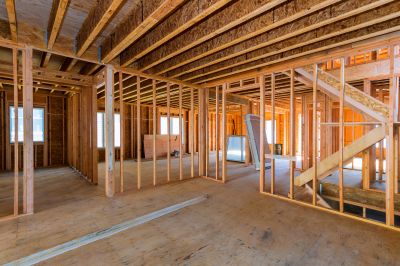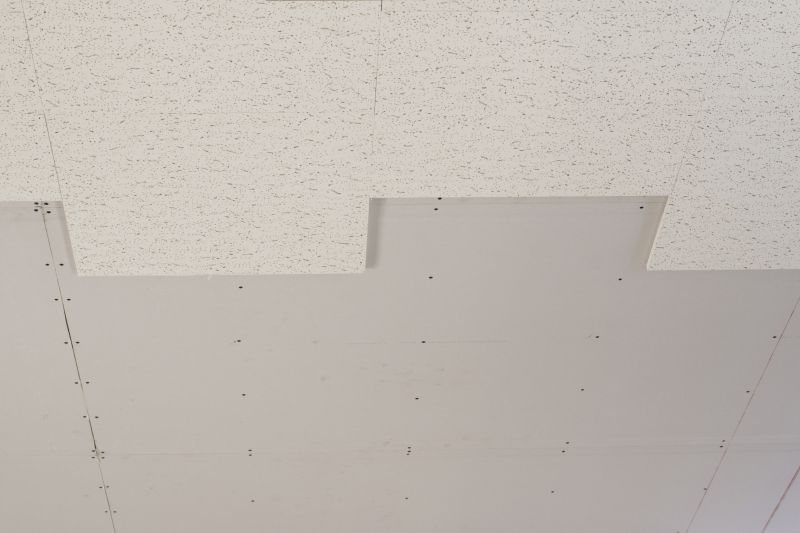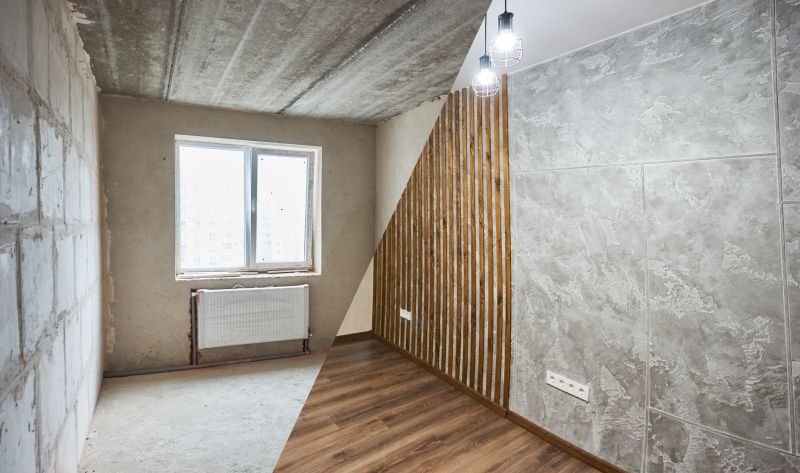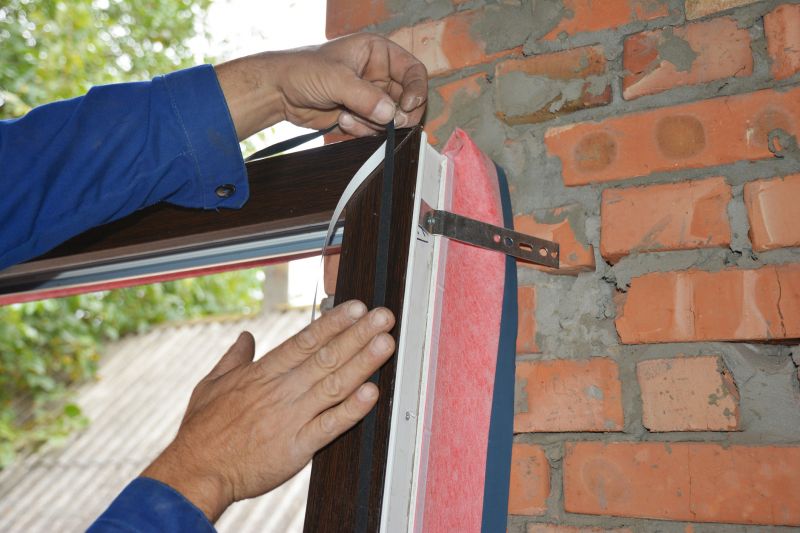Optimal Timing for Floor Soundproofing
Implementing floor soundproofings at optimal times can maximize effectiveness and durability. The best time depends on factors such as construction schedules, climate conditions, and building occupancy. Proper planning ensures that soundproofing measures are integrated seamlessly into the building process or renovation timeline.
Installing soundproofing during initial construction allows for integration into the building's structure, resulting in more effective noise reduction and less disruption later.
Renovation periods provide an opportunity to upgrade existing floors with soundproofing solutions, especially when floors are already exposed or accessible.
Choosing dry seasons minimizes moisture-related issues, ensuring adhesives and materials adhere properly and maintain their soundproofing properties.
Timing installation before occupancy ensures noise mitigation is in place for residents or tenants, enhancing comfort from the start.

Installation during construction ensures integration into the building's foundation.

Upgrading existing floors during renovation improves sound insulation.

Dry weather conditions support better adhesion and material performance.

Ways to make Floor Soundproofings work in tight or awkward layouts.

Popular materials for Floor Soundproofings and why they hold up over time.

Simple add-ons that improve Floor Soundproofings without blowing the budget.
| Timing Aspect | Recommended Period |
|---|---|
| Construction phase | Ideal for new builds |
| Renovation | When floors are exposed |
| Dry season | During periods of low humidity |
| Pre-occupancy | Before tenants move in |
| Infrastructure upgrades | During major building improvements |
Floor soundproofings involve various materials and methods designed to reduce noise transmission between floors. These solutions include resilient underlayments, acoustic mats, and specialized insulation layers. Effective soundproofing not only enhances comfort but also contributes to privacy and compliance with building regulations. Statistics indicate that properly installed floor soundproofing can reduce noise levels by up to 70%, significantly improving the acoustic environment within residential and commercial spaces.
Choosing the right timing for installation depends on project scope, environmental conditions, and occupancy plans. Proper scheduling ensures optimal performance and longevity of the soundproofing measures, resulting in sustained noise reduction benefits for occupants.

Various materials are used to achieve optimal sound insulation.

Proper installation is crucial for effective soundproofing.

Visual comparison of soundproofed versus non-soundproofed floors.

Real-world examples of effective soundproofing solutions.

High-end options that actually feel worth it for Floor Soundproofings.

Finishes and colors that play nicely with Floor Soundproofings.

Little measurements that prevent headaches on Floor Soundproofings day.

A 60-second routine that keeps Floor Soundproofings looking new.
Interested in improving floor sound insulation? Filling out the contact form can provide tailored solutions and expert guidance on the best timing and methods for specific building needs.
